The average business traveler spends 240 days on the road each year, yet most never venture beyond the conference room and hotel bar. That’s roughly eight months of missed opportunities to explore new cities, taste local cuisine, and turn mundane work trips into memorable experiences. Below are sixteen practical strategies that help busy professionals transform standard business travel into genuine opportunities for exploration—all without compromising their professional obligations or breaking company policies.
Book the red-eye return

Most companies don’t care when employees fly home after meetings end. Booking a late-night or next-morning flight creates an entire evening for exploration. The expense report stays the same. Hotels often allow late checkout for business guests anyway. This simple switch transforms rushed airport departures into leisurely dinners at that restaurant everyone mentions.
Extend through the weekend

Adding personal days to business trips costs only the weekend hotel rate — flights are already covered. Companies typically approve this arrangement since it doesn’t affect their budget. Friday meetings become Thursday arrivals. Monday presentations justify Sunday flights. And suddenly? There are 48 hours to explore. Just remember to split the hotel bill correctly for accounting.
Wake up absurdly early

Business dinners end late, but mornings belong to nobody. Setting the alarm for 5 AM sounds terrible. It is. Still, empty museums at opening time beat fighting tourist crowds at noon. Local markets buzz with morning energy while colleagues sleep off conference cocktails. Plus, that 9 AM meeting feels less daunting after watching the sunrise from the cathedral steps. Something about perspective, maybe.
Master the lunch escape
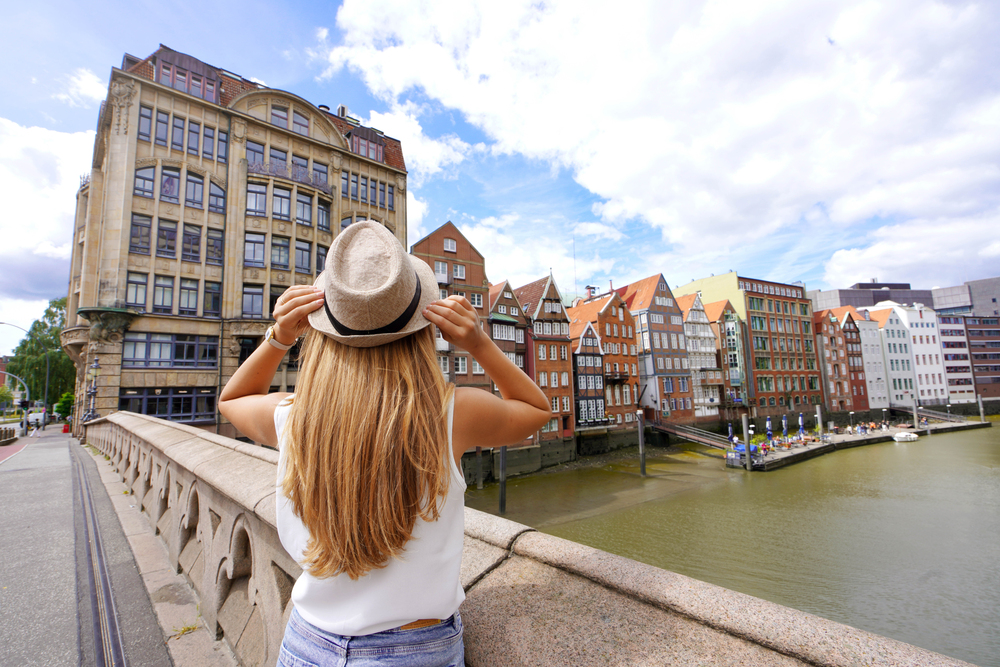
Client lunches don’t always materialize. When noon meetings cancel, that’s two hours of freedom in the city center. Smart travelers keep a list of nearby attractions requiring minimal time. Quick stops that work: • Architecture walks within three blocks • Local food halls or markets
• Small galleries or bookshops • Historic buildings with public access.
Even 45 minutes beats another sad desk salad.
Use airport connections strategically
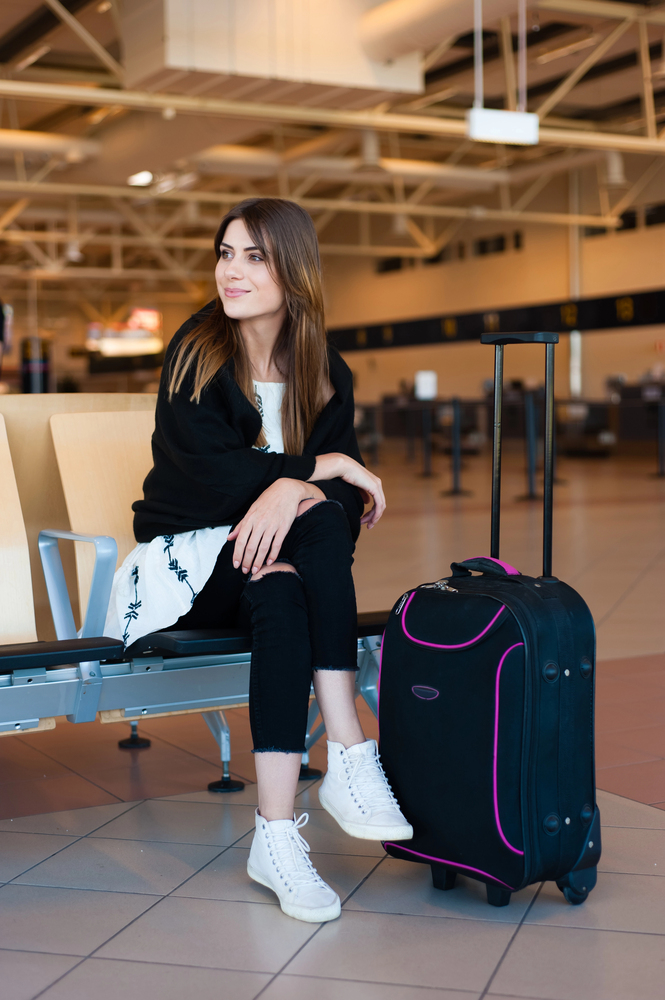
Booking flights with deliberate layovers in interesting cities adds exploration without extra airfare. Six hours in Amsterdam beats two in Detroit. Airlines often allow 24-hour stopovers at no additional cost. That morning meeting in Boston could route through Reykjavik. Suddenly, there’s time for the Blue Lagoon between flights.
Research like a local

Tourist attractions close at 5 PM, but cities don’t. Finding where locals spend evenings reveals the actual character of a place. Neighborhood bars tell better stories than hotel lounges. Small concert venues showcase regional music. Night markets serve food that never appears on conference menus. Business travelers already have evening hours free — might as well use them wisely.
Walk everywhere possible
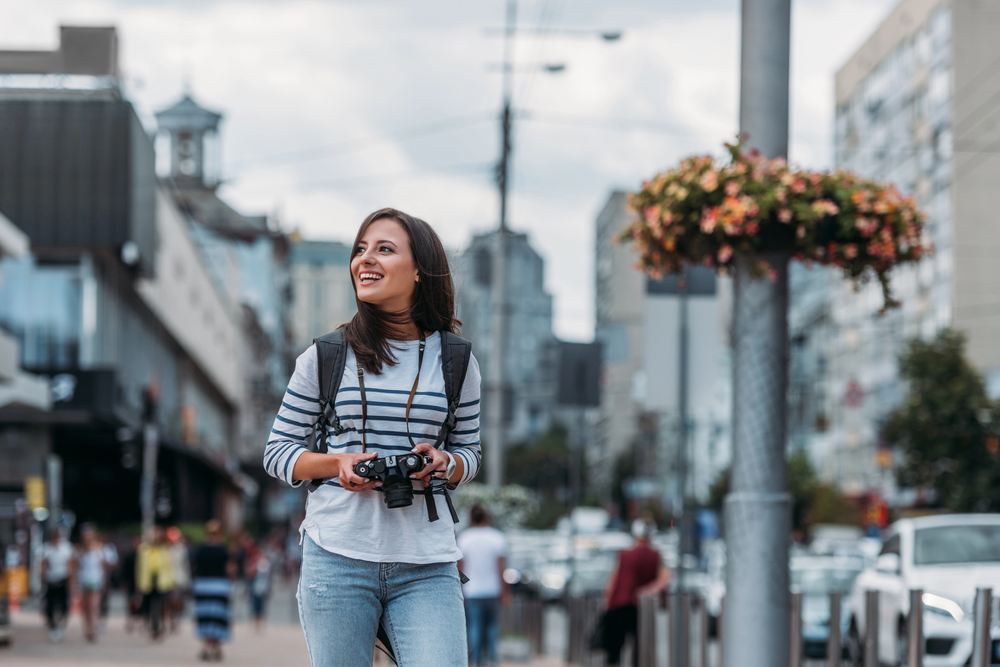
Taxis are expensive, but walking is educational. The route from hotel to meeting reveals coffee shops, bookstores, and lunch spots that reviews never mention. Cities unfold differently at street level. That 20-minute walk might take 30 with photo stops. Still faster than sitting in traffic. Plus, conference rooms feel less oppressive after morning exercise.
Schedule meetings strategically

When controlling the agenda, smart travelers place meetings to maximize free time. Early morning sessions leave afternoons open. Late afternoon calls preserve mornings for exploration. Clustering everything on Tuesday-Wednesday creates long weekends. Some flexibility in scheduling transforms fragmented days into useful blocks of time. Amazing what moving one call can do.
Become a regular somewhere

Visiting the same café each trip creates familiarity in unfamiliar places. Bartenders remember drink preferences. Servers recommend off-menu items. Small connections. These make business travel less isolating, somehow. Plus, having “a place” in multiple cities feels sophisticated. The Wi-Fi is usually better than the hotel’s anyway.
Take the scenic route

Airport express trains are efficient. Local buses show real life. The extra 20 minutes reveals neighborhoods tourists skip. Commuters heading home provide inadvertent cultural education—watching them navigate their daily routines teaches you more about a city than any guidebook could. Sometimes the journey deserves attention too. (Though maybe skip this during rush hour. Nobody needs that stress.)
Document differently

Business travelers see cities from unique angles — boardrooms with skyline views, industrial districts tourists avoid, and local business culture in action. These perspectives deserve documentation beyond LinkedIn posts. Keeping a travel journal sounds pretentious. Fair. But those observations about Tokyo’s midnight convenience stores or Stockholm’s office coffee culture capture experiences vacation photos miss.
Leverage local colleagues

Coworkers know their cities better than any guidebook. They recommend restaurants without tourist markups. They explain public transit quirks. Sometimes they become impromptu tour guides after meetings end. Building these relationships transforms return visits from repetitive to familiar. Just buy dinner — they’ve saved hours of confused wandering.
Pack for possibilities
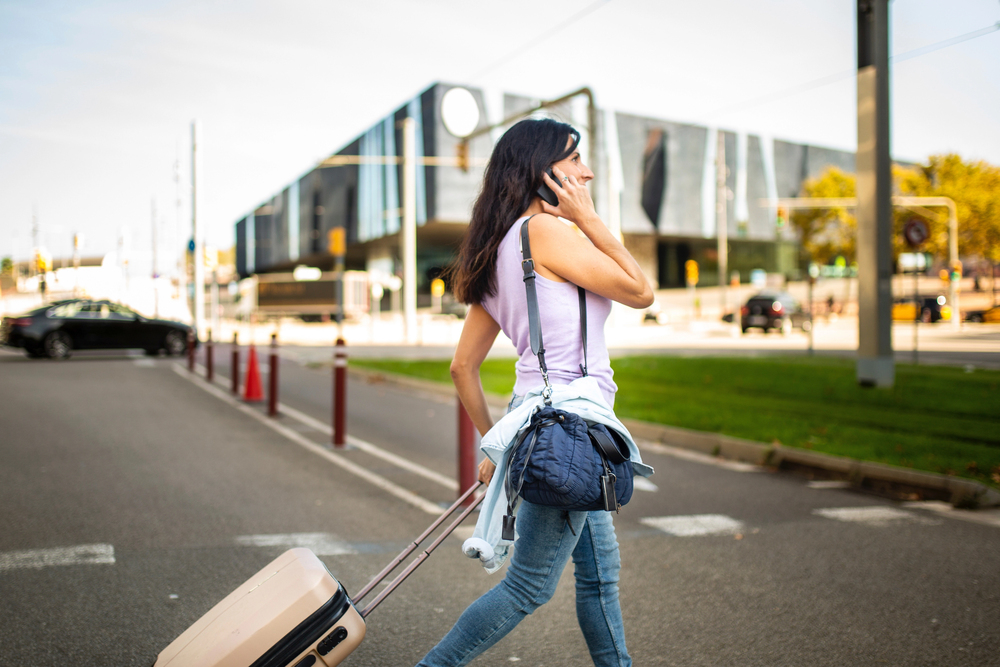
Business attire works surprisingly well for nice restaurants and theaters. Add comfortable shoes and a packable jacket? Spontaneous exploration becomes possible. Museum visits don’t require special equipment. Cities accommodate business travelers who venture beyond hotels. The briefcase stays at the hotel, obviously.
Arrive a day early
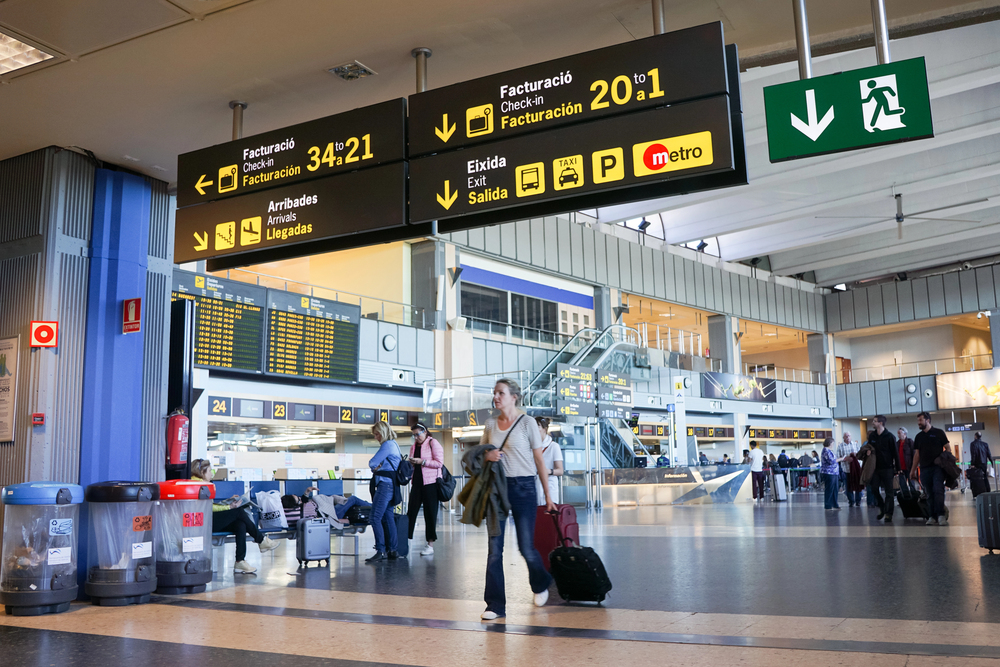
Flying in the night before important meetings reduces stress and creates exploration time. Jet lag feels less brutal with a full night’s sleep. That Sunday afternoon becomes pure tourist time while the city remains quiet. Most companies approve early arrival to ensure punctuality. They don’t need to know about the morning spent wandering botanical gardens.
Join the running routes
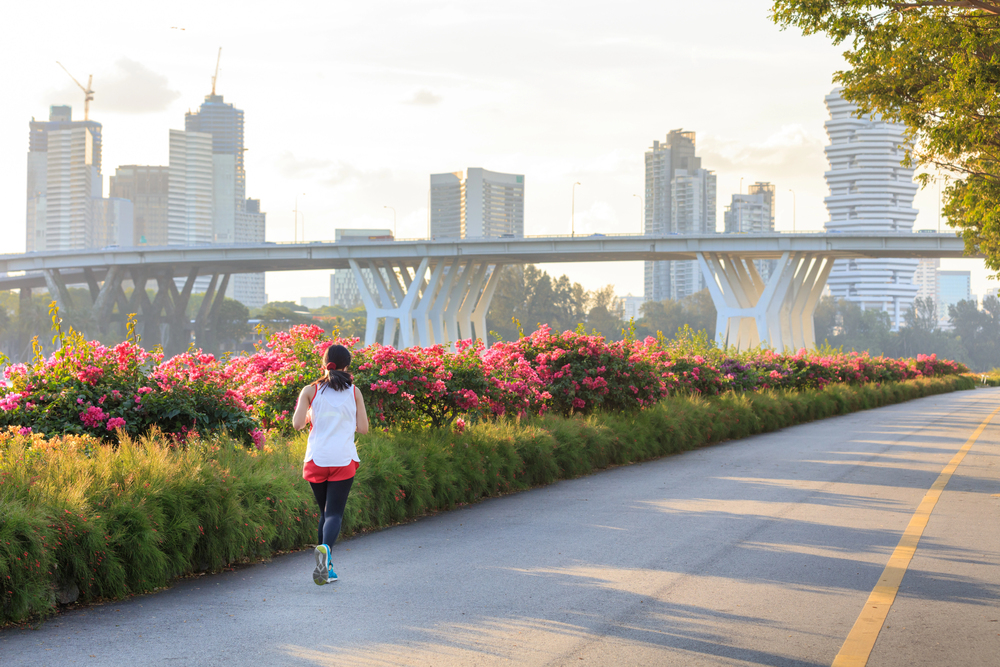
Every city has runners, and they’ve found the best paths. Morning jogs along Sydney’s harbor beat hotel treadmills. Central Park at dawn differs from Central Park at noon. Running shoes pack small but unlock perspectives business travelers rarely see. Even slow joggers cover more ground than walkers. The shower afterward feels earned.
Say yes to everything

Colleague suggests karaoke? Go. Client mentions a jazz club? Accept. Hotel concierge recommends the weird museum? Visit. Business travel provides social permission to try experiences that feel forced on vacation. These unexpected moments—the ones you’d never plan—become the stories worth telling. The spreadsheet reviews will be forgotten by Friday anyway.
Making miles meaningful

Business travel will never stop feeling like work. Delayed flights, endless emails, and conference room coffee remain unavoidable. Even so, these small adjustments transform obligatory trips into something approaching adventure. The expense report stays professional while the experience becomes personal.
More from Travel Pug

- 20 Best Beach Towns in the Carolinas
- 13 Destinations Where Tourists Regularly Regret Their Trip
- 20 Things You Actually Get in First Class
- 20 Small Airports With Aviation Museums
- 20 Places in the U.S. That Are Perfect for a Reset Trip
Like Travel Pug’s content? Follow us on MSN.
